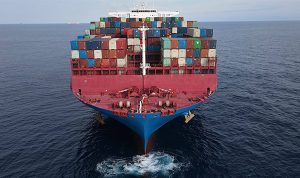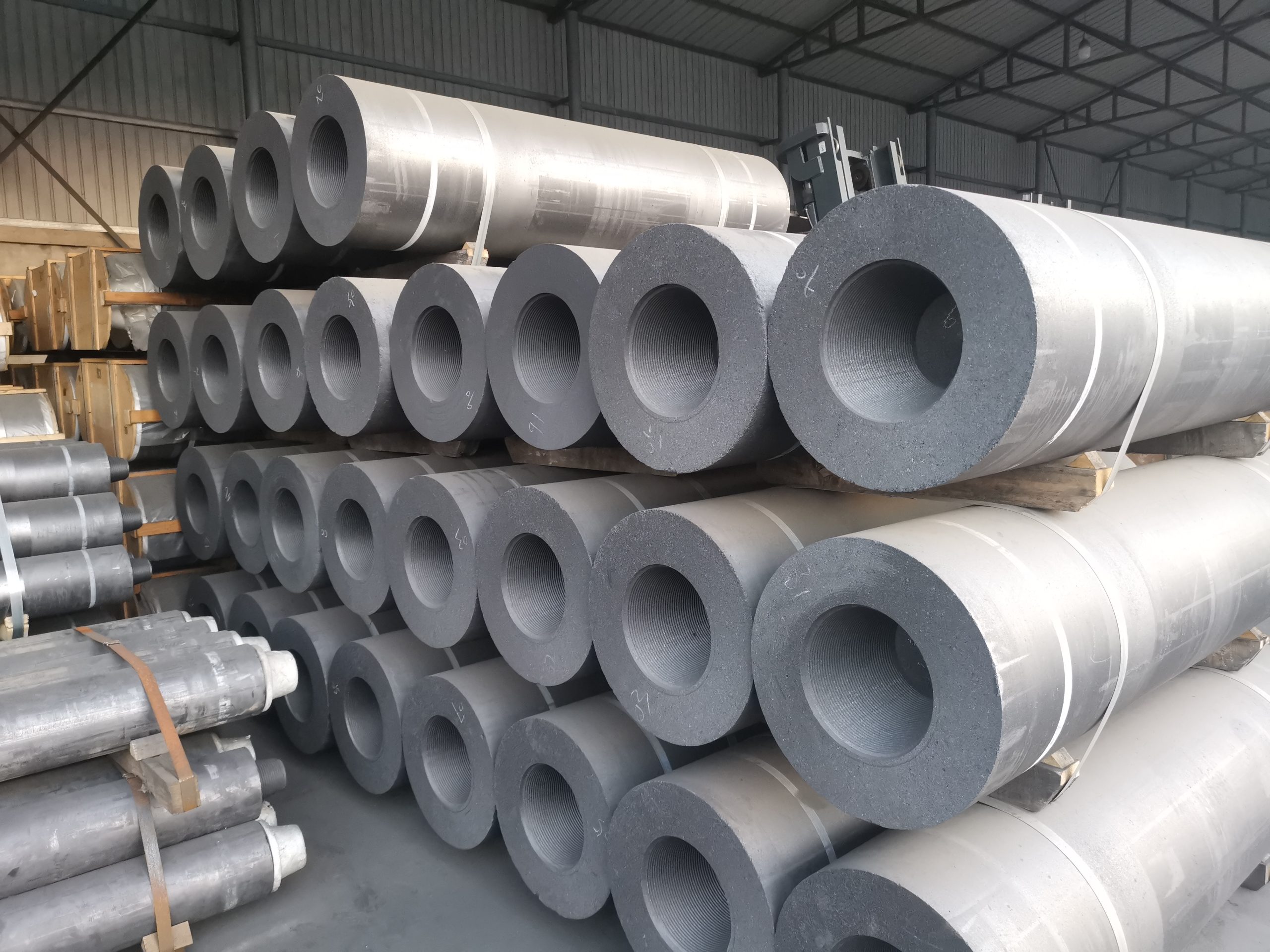As the tightening cycle of global central banks comes to an end, inflation in major economies is gradually falling back to the target range.
However, the recent obstruction of transportation on the Red Sea route has reignited concerns. Geopolitical factors have been one of the important driving forces for price increases since last year. Rising shipping prices and supply chain bottlenecks may once again become the driving force for a new round of inflation. In 2024, the world will usher in an important election year. Will the price situation, which was originally expected to be clear, become turbulent again?
Freight prices reacted violently due to obstruction in the Red Sea
Starting this month, Yemen’s Houthi rebels have increased their attacks on ships passing through the Red Sea-Suez Canal corridor. The route accounts for about 12% of global trade, with goods from Asia typically bound for ports in Europe and the eastern United States.
Shipping companies have been forced to choose to reroute. According to statistics from Clarkson Research Services, the total tonnage of container ships arriving in the Gulf of Aden last week plummeted by 82% compared with the first half of this month. Previously, 8.8 million barrels of oil and nearly 380 million tons of cargo passed through this channel, which carries nearly one-third of global container traffic.
If you choose to bypass the Cape of Good Hope in Africa, the route will be forced to add 3,000-3,500 miles, and the voyage will be extended by 10 to 14 days. Affected by this, the market prices of some European and Asian routes rose to a new high in the past three years last week. Shipping giant Maersk announced that a 20-foot standard container on the European line will require an additional fee of $700, including a $200 terminal surcharge (TDS) and a $500 peak season surcharge (PSS). Many other shipping companies have since followed suit.
Rising freight costs may have an impact on inflation. Rico Luman, senior economist at ING, said in the report: “For shippers and ultimately consumers, freight rates will be higher than expected. How long will this translate into higher prices?”
Many logistics experts predict that once the Red Sea route is affected for more than a month, the supply chain will feel inflationary pressure, which will eventually be borne by consumers. Relatively speaking, Europe may be hit harder than the United States. Swedish furniture and home furnishings retailer IKEA has warned that conditions in the Suez Canal will cause delays and limit the supply of some IKEA products.
The market is still paying attention to the latest developments in the security situation around the routes. Previously, the United States announced the establishment of a joint escort alliance to protect the safety of ships passing by. Maersk later issued a statement saying it was ready to resume shipping on the Red Sea. “We are currently developing plans to get the first ships through this route as soon as practicable. While doing this, it is also vital to ensure the safety of our staff.”
This news also triggered a sharp decline in the European shipping index on Monday. As of press time, Maersk’s official website has not released a formal statement on the resumption of routes.
Super election year brings uncertainty
Behind the Red Sea route crisis is also the epitome of a new round of escalating geopolitical risks.
According to reports, the Houthis have also targeted ships in the area before. But attacks have increased since the Israeli-Palestinian conflict began. The group has threatened to attack any ship it believes is bound for or coming from Israel.
After the establishment of a convoy alliance, the situation in the Red Sea region remained tense last weekend. A Norwegian-flagged chemical tanker reported being narrowly missed by an attack drone, while an Indian-flagged tanker was hit, although no one was injured. U.S. Central Command said. The incidents were the 14th and 15th attacks on commercial shipping since October 17, and US warships shot down four drones.
At the same time, the “quarrels” between Iran, the United States, and Israel on regional issues have also made the outside world worry about whether the originally tense situation in the Middle East will risk further escalation.
In fact, the upcoming year 2024 will be a veritable “election year”. Dozens of elections will be held around the world, including Iran, India, Russia and other focuses. The US election has attracted particular attention. The superposition of factors such as regional conflicts and the rise of far-right nationalism has also made geopolitical risks more unpredictable.
As an important influencing factor in this round of global central bank interest rate hike cycles, the energy inflation driven up by the surge in global crude oil and natural gas prices after the escalation of the situation in Ukraine cannot be ignored. The impact of geopolitical risks on the supply chain has also caused manufacturing costs to remain high for a long time. Now, the clouds may be coming back again. Danske Bank stated in a report sent to China Business News that 2024 may mark a watershed in the Russia-Ukraine conflict. It is necessary to pay attention to whether there will be changes in the military support of the United States and the European Parliament for Ukraine. The U.S. election may also cause problems in the Asia-Pacific region. The instability of the situation.
Jim O’Neil, former chief economist of Goldman Sachs and chairman of Goldman Sachs Asset Management, recently said when talking about the outlook for inflation next year that the experience of the past few years shows that prices may be severely affected by uncertainty and unknown factors.
Coincidentally, UBS CEO Sergio Ermotti also believes that he does not believe that central banks have controlled inflation. He published an article in the middle of this month saying, “One must not try to predict the next few months – it is almost impossible. The trend seems to be favorable, but we have to see whether this will continue. If all major Inflation rates across the economies are close to the 2% target, and central bank policy may be loosened. In this environment, it is important to remain flexible.”







